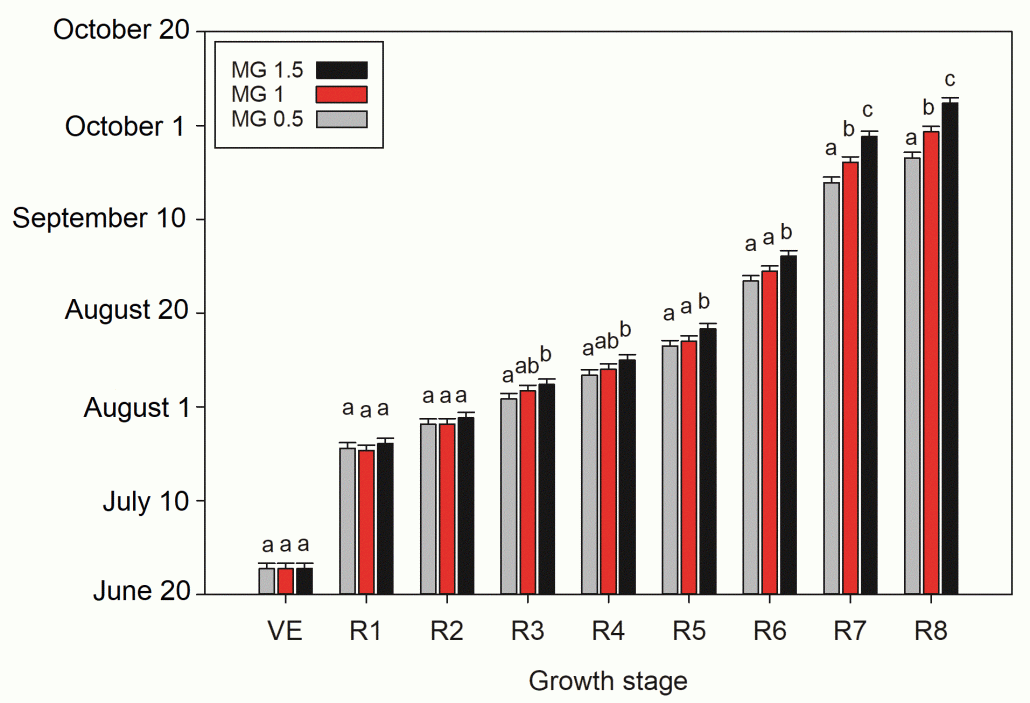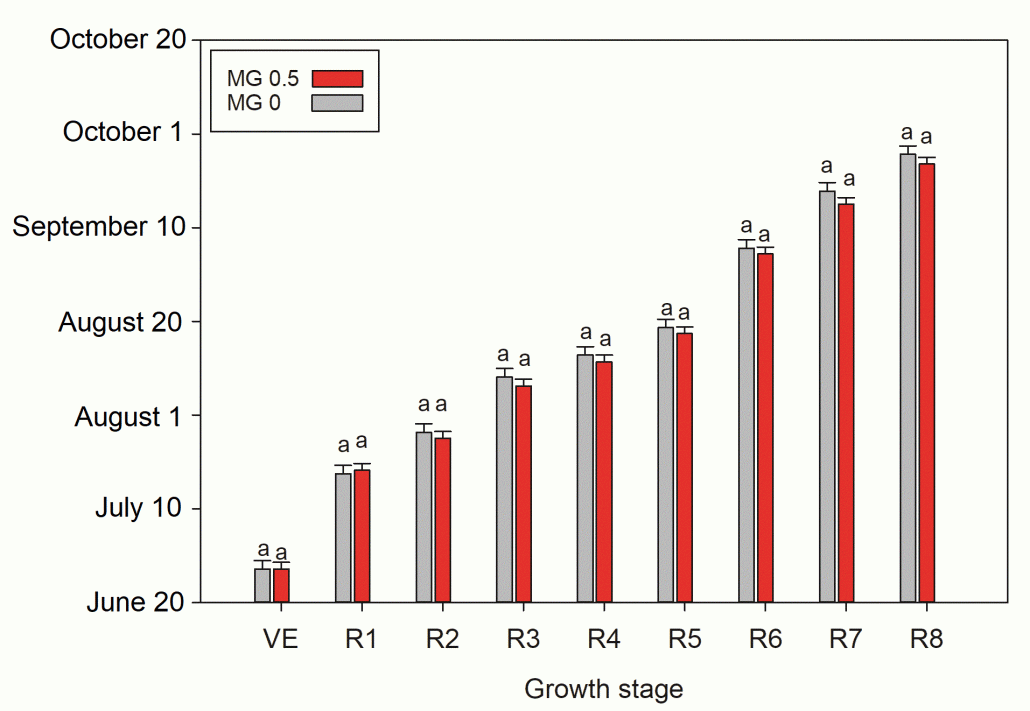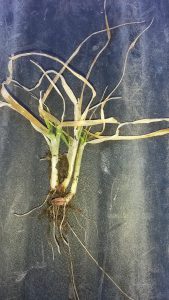High Value Straw and Weedy Wheat…What Do I Do?
Wet fields, thin stands and spotty winter-kill made spring weed control difficult to impossible in many winter wheat fields, and prolonged wet conditions have encouraged prolific weed growth from competitive broadleaf weeds like giant ragweed and lambsquarters. As we approach harvest in southern WI (week of July 21st) growers simply have limited herbicide options for preharvest weed management. The most popular ones are:
- 2,4-D products. There is a 14 day pre-harvest interval with this product. Pre-harvest treatment can be applied when grain is in the dough stage. Only one preharvest application per crop cycle allowed and a maximum of 0.5 lb 2,4-D acid equivalent per acre per application. Please read label for specific product used as there are differences among labels.
- Glyphosate products. There is also a 7 day pre-harvest interval with this product, and it can NOT be applied until the grain is at the hard-dough stage (30% moisture or less). Grain treated with glyphosate at this growth stage should not be used for seed as germination can be significantly lowered. Maximum of 0.77 lb glyphosate acid equivalent per acre per application (equivalent of 22 fl oz of Roundup PowerMax per acre).
Some benefits to applying preharvest 2,4-d or glyphosate may include desiccation of green weedy plants to enable an easier combine harvest and quicken the ability to bale straw following the grain harvest. However, drawbacks include a narrow window of application timing ahead of harvest, wheel tracks (if ground applied) will reduce grain yields, and moreover many of the weeds like giant ragweed, waterhemp and lambsquarters will be large and difficult to control. Drift is also a concern when spraying crops this late in the season, particularly with synthetic auxin herbicides such as 2,4-D. Thus, consider a preharvest 2,4-d or glyphosate application as a last resource because partial control of large weeds will greatly increase selection pressure for herbicide resistance. We already have several issues of herbicide resistance in Wisconsin (http://www.wiscweeds.info/post/herbicide-resistance-in-wisconsin-an-overview/).
Shawn P Conley and Rodrigo Werle










